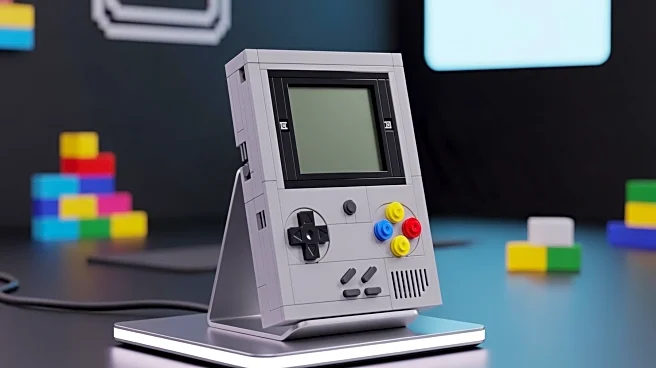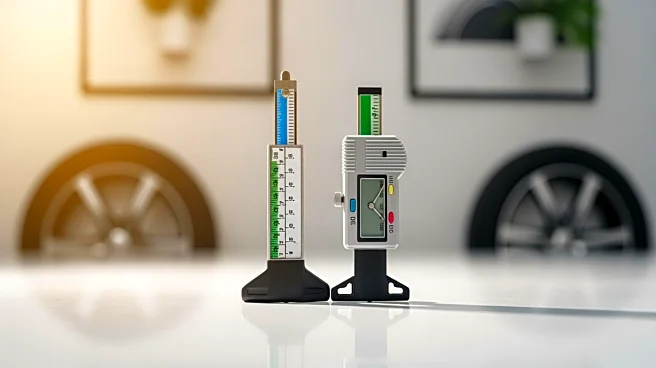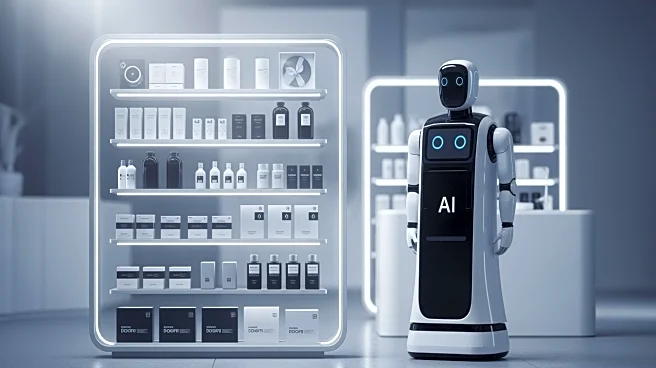What's Happening?
Lego has launched a new 421-piece replica of the iconic Nintendo Game Boy, designed to appeal to retro gaming enthusiasts. This model, priced at $60, includes buildable versions of classic games such as The Legend of Zelda: Link's Awakening and Super
Mario Land. The set features swappable lenticular screens that recreate scenes from these games, as well as the Game Boy's original boot screen. The design process involved close collaboration with Nintendo to ensure authenticity, including the development of new Lego elements to accurately replicate the Game Boy's features. The set is available at major retailers like Amazon, Walmart, and Target.
Why It's Important?
The release of the Lego Game Boy model highlights the growing trend of nostalgia-driven products in the market, particularly among adult consumers who grew up with these iconic devices. This collaboration between Lego and Nintendo not only strengthens their partnership but also taps into a lucrative segment of the toy industry that focuses on adult collectors and enthusiasts. The set's affordability and attention to detail make it an attractive option for both Lego fans and retro gaming aficionados, potentially boosting sales and brand loyalty for both companies.
What's Next?
As the holiday season approaches, the Lego Game Boy is expected to be a popular gift choice, potentially leading to increased demand and sales. Lego and Nintendo may continue to explore similar collaborations, leveraging their combined expertise to create more nostalgic products that appeal to adult consumers. The success of this model could inspire other companies to develop similar products, further expanding the market for nostalgia-themed merchandise.
Beyond the Headlines
The Lego Game Boy set not only serves as a collectible item but also as a creative outlet for fans to engage with their favorite gaming memories. The inclusion of interactive elements, such as pressable buttons and a sliding power switch, enhances the tactile experience, bridging the gap between traditional play and modern collectibles. This approach may influence future product designs, encouraging companies to incorporate interactive features that enhance user engagement and satisfaction.














